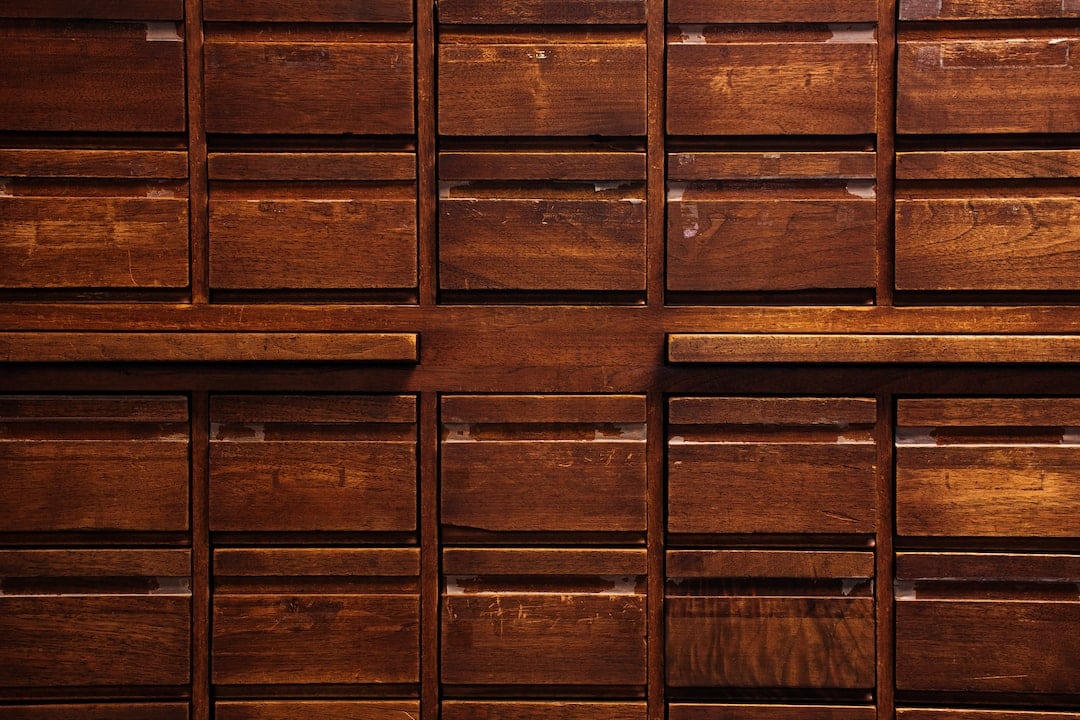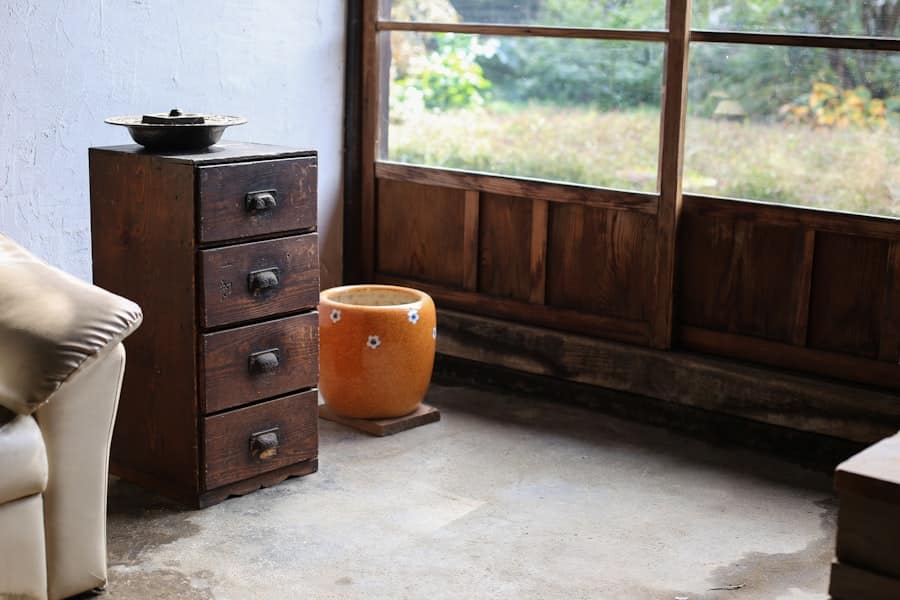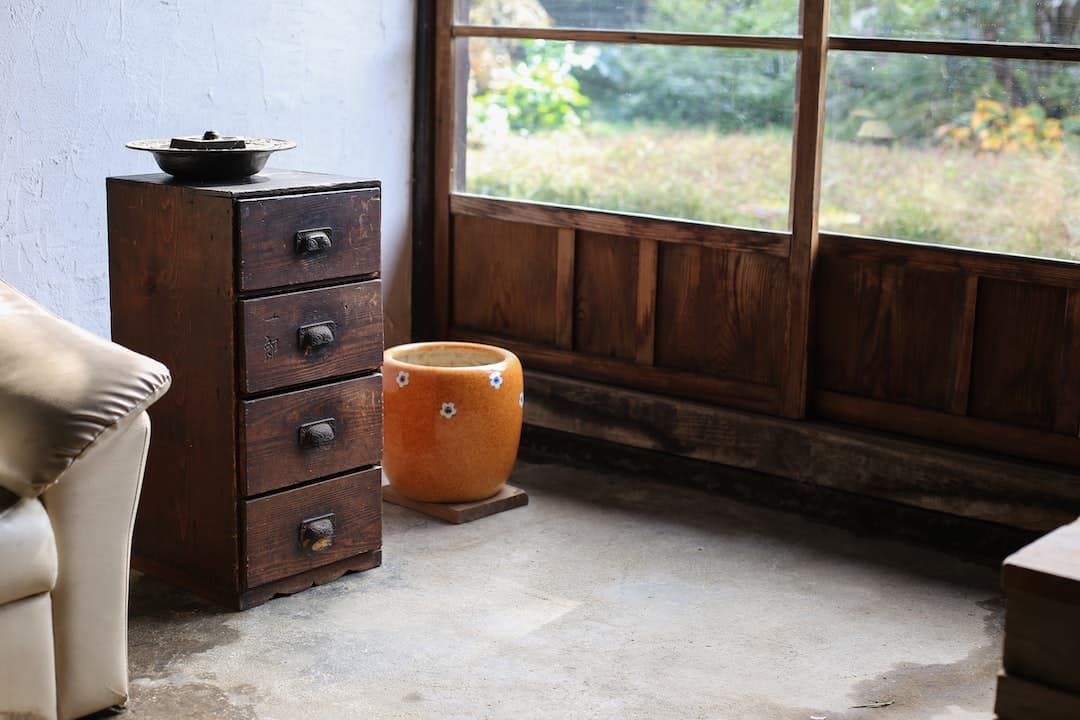
Installing your own kitchen cabinets can be a rewarding and cost-effective project. Not only does it save you money on labor costs, but it also gives you the satisfaction of completing a major home improvement project on your own. DIY kitchen cabinet installation allows you to customize your space and create a kitchen that reflects your personal style and needs.
One of the biggest benefits of installing your own kitchen cabinets is the cost savings. Hiring professionals to install cabinets can be expensive, and by doing it yourself, you can save a significant amount of money. Additionally, when you install your own cabinets, you have control over the quality of materials used and can choose options that fit within your budget.
Another advantage of DIY kitchen cabinet installation is the personal satisfaction that comes with completing a project on your own. It allows you to take ownership of your space and create a kitchen that is uniquely yours. You can choose the style, color, and layout that best suits your needs and preferences. The sense of accomplishment that comes from successfully installing your own cabinets is unmatched.
Key Takeaways
- Installing your own kitchen cabinets can save you money and give you a sense of accomplishment.
- You will need basic tools like a drill, level, and measuring tape, as well as materials like screws and wood glue.
- Measuring and planning your layout carefully is crucial for a successful installation.
- Removing old cabinets and preparing the space can be time-consuming but is necessary for a smooth installation.
- Assembling and installing the cabinets requires patience and attention to detail, but can be done with the right instructions and tools.
Tools and Materials Needed for DIY Kitchen Cabinet Installation
Before starting your DIY kitchen cabinet installation, it's important to gather all the necessary tools and materials. Here is a list of tools you will need:
– Tape measure
– Level
– Screwdriver
– Drill
– Jigsaw
– Clamps
– Hammer
– Chisel
– Safety goggles
– Gloves
In addition to tools, you will also need various materials for the installation process. These include:
– Kitchen cabinets
– Cabinet screws
– Wall anchors (if necessary)
– Shims
– Wood glue
– Finishing nails
– Crown molding (if desired)
– Toe kicks (if desired)
– Cabinet hardware (handles, knobs, etc.)
When working with tools, it's important to take safety precautions. Always wear safety goggles to protect your eyes from flying debris, and use gloves to protect your hands. Follow the manufacturer's instructions for each tool and use them properly to avoid accidents or injuries.
Measuring and Planning Your Kitchen Cabinet Layout
Before installing your new kitchen cabinets, it's crucial to measure your kitchen space accurately. Start by measuring the length and width of the walls where the cabinets will be installed. Take note of any obstacles such as windows, doors, or electrical outlets that may affect the placement of the cabinets.
Once you have measured your kitchen space, it's time to plan your cabinet layout. Consider how you use your kitchen and what storage needs you have. Think about the placement of appliances, sinks, and other fixtures, and how the cabinets will fit into the overall design.
When choosing the right cabinet style and size, consider both aesthetics and functionality. Look for cabinets that complement the style of your kitchen and provide ample storage space. Take into account the height and depth of the cabinets to ensure they fit properly in your space.
Removing Old Cabinets and Preparing for Installation
Before installing your new kitchen cabinets, you will need to remove the old ones. Start by emptying the cabinets and removing any shelves or drawers. Use a screwdriver to remove the screws that hold the cabinets in place. Be careful not to damage the walls or floors during this process.
Once the old cabinets are removed, it's time to prepare the walls and floors for installation. Inspect the walls for any damage or unevenness. Patch any holes or cracks with spackle or joint compound and sand them smooth. If necessary, use a level to ensure that the walls are straight.
Next, check the floors for any unevenness. If there are any dips or bumps, use a leveling compound to even them out. This will ensure that your new cabinets sit level and securely on the floor.
Assembling Your New Kitchen Cabinets
Before you can install your new kitchen cabinets, you will need to assemble them. Start by reading and following the instructions provided by the manufacturer. Lay out all the pieces and hardware and familiarize yourself with the assembly process.
When assembling your cabinets, it's important to work efficiently and accurately. Take your time to ensure that each piece is properly aligned and secured. Use clamps to hold pieces together while you work, and double-check your measurements before drilling or screwing anything in place.
Common mistakes to avoid during assembly include using the wrong screws or not tightening them enough. Make sure to use the screws provided by the manufacturer and tighten them securely, but be careful not to overtighten and strip the holes.
Installing Base Cabinets: Step-by-Step Instructions

Once your cabinets are assembled, it's time to install them in your kitchen. Start with the base cabinets, as they provide the foundation for the rest of the installation.
Begin by marking a level line on the wall where the bottom of the cabinets will sit. Use a stud finder to locate the wall studs and mark their locations on the line. This will help you secure the cabinets properly.
Next, position the first base cabinet against the wall, making sure it is level and plumb. Use shims to adjust if necessary. Once the cabinet is level, drill pilot holes through the back of the cabinet and into the wall studs. Secure the cabinet to the wall using cabinet screws.
Repeat this process for each base cabinet, making sure they are level and properly aligned with each other. Use clamps to hold adjacent cabinets together while you secure them to the wall.
After all the base cabinets are installed, check for levelness and make any necessary adjustments. Secure adjacent cabinets together using wood screws through pre-drilled holes in the sides of the cabinets.
Hanging Wall Cabinets: Tips and Tricks for a Professional Look
Once your base cabinets are installed, it's time to hang the wall cabinets. Start by marking a level line on the wall where the bottom of the cabinets will sit. Use a stud finder to locate the wall studs and mark their locations on the line.
Next, position the first wall cabinet against the wall, making sure it is level and plumb. Use shims to adjust if necessary. Once the cabinet is level, drill pilot holes through the back of the cabinet and into the wall studs. Secure the cabinet to the wall using cabinet screws.
Repeat this process for each wall cabinet, making sure they are level and properly aligned with each other. Use clamps to hold adjacent cabinets together while you secure them to the wall.
After all the wall cabinets are installed, check for levelness and make any necessary adjustments. Secure adjacent cabinets together using wood screws through pre-drilled holes in the sides of the cabinets.
Adding Finishing Touches: Crown Molding, Toe Kicks, and Hardware
To give your kitchen cabinets a polished look, consider adding crown molding, toe kicks, and hardware.
Crown molding is installed at the top of the cabinets and adds a decorative touch. Measure and cut the crown molding to fit along the top edges of the cabinets. Attach it using finishing nails or adhesive.
Toe kicks are panels that cover the gap between the bottom of the cabinets and the floor. Measure and cut toe kicks to fit along the base of each cabinet. Attach them using wood glue or finishing nails.
Finally, install hardware such as handles or knobs on your cabinets. Measure and mark where you want each piece of hardware to go. Use a drill to create holes for the screws, then attach the hardware securely.
Troubleshooting Common Kitchen Cabinet Installation Problems
During your DIY kitchen cabinet installation, you may encounter some common problems. Here are a few troubleshooting tips:
– If your cabinets are not level, use shims to adjust them. Place shims under the cabinets to level them out, then secure them in place.
– If your cabinets are not properly aligned, use clamps to hold adjacent cabinets together while you make adjustments. Use wood screws to secure them together.
– If your cabinets are not securely attached to the wall, check that you have used the correct screws and that they are tightened securely. If necessary, add additional screws or wall anchors for extra support.
To avoid these problems, it's important to measure accurately, follow instructions carefully, and take your time during the installation process.
Enjoying Your New DIY Kitchen Cabinets: Maintenance and Upkeep Tips
Once your DIY kitchen cabinets are installed, it's important to take care of them to ensure their longevity. Here are some maintenance and upkeep tips:
– Clean your cabinets regularly using a mild soap and water solution. Avoid using abrasive cleaners or scrub brushes that can damage the finish.
– Wipe up spills immediately to prevent staining or damage to the cabinet surface.
– Avoid placing hot pots or pans directly on the cabinet surface. Use trivets or hot pads to protect the finish.
– Check the hardware regularly and tighten any loose screws or handles.
– Avoid excessive moisture in the kitchen by using exhaust fans while cooking or running a dehumidifier if necessary.
By following these tips, you can keep your DIY kitchen cabinets looking beautiful and functioning properly for years to come.
In conclusion, installing your own kitchen cabinets can be a rewarding and cost-effective project. With the right tools, materials, and planning, you can create a kitchen that reflects your personal style and needs. By following step-by-step instructions and taking proper safety precautions, you can successfully install your own kitchen cabinets and enjoy the benefits of a DIY installation.
FAQs
What is a DIY kitchen cabinet installation?
A DIY kitchen cabinet installation is the process of installing kitchen cabinets by yourself without the help of a professional.
What are the benefits of a DIY kitchen cabinet installation?
The benefits of a DIY kitchen cabinet installation include cost savings, customization options, and the satisfaction of completing a project on your own.
What tools are needed for a DIY kitchen cabinet installation?
Tools needed for a DIY kitchen cabinet installation include a drill, screwdriver, level, measuring tape, saw, and clamps.
What materials are needed for a DIY kitchen cabinet installation?
Materials needed for a DIY kitchen cabinet installation include the cabinets themselves, screws, brackets, shims, and wood glue.
What are the steps involved in a DIY kitchen cabinet installation?
The steps involved in a DIY kitchen cabinet installation include measuring and marking the wall, installing the upper cabinets, installing the lower cabinets, attaching the doors and hardware, and making final adjustments.
How long does a DIY kitchen cabinet installation take?
The time it takes to complete a DIY kitchen cabinet installation depends on the size of the kitchen and the level of experience of the installer. It can take anywhere from a few days to a week or more.
What are some common mistakes to avoid during a DIY kitchen cabinet installation?
Common mistakes to avoid during a DIY kitchen cabinet installation include not measuring accurately, not leveling the cabinets properly, not using enough screws or brackets, and not making sure the cabinets are securely attached to the wall.
Is it possible to install kitchen cabinets without professional help?
Yes, it is possible to install kitchen cabinets without professional help. However, it is important to have the necessary tools, materials, and knowledge to complete the project successfully.

